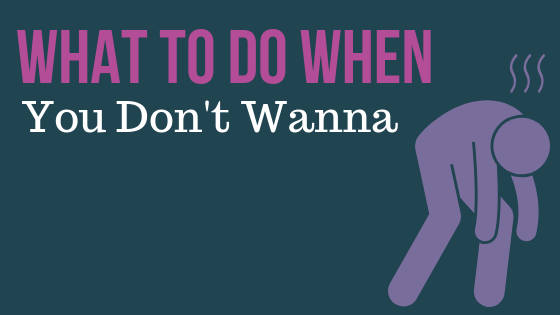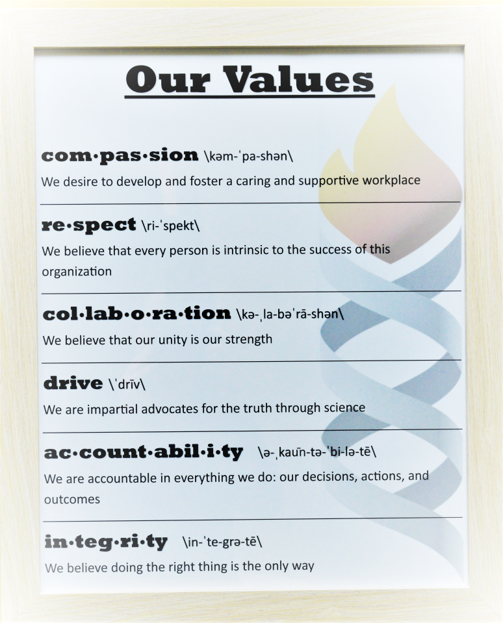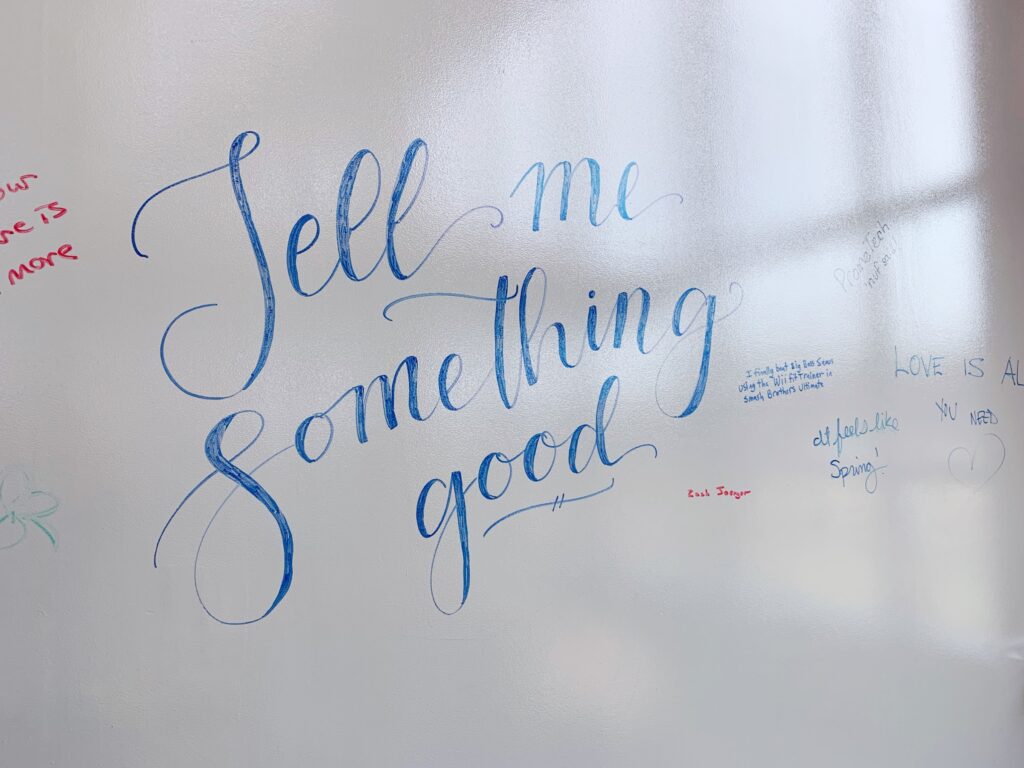Oh Mondays. They come every week, whether we’re ready for them or not, and if you could sum up the day in one grunt, it would be ‘ugh’. Sometimes, that ‘ugh’ feeling even starts creeping in on Sunday nights, so we take another sip of our expertly curated bottle of “whatever vintage was on sale at Costco that week” to chase it down (c’mon, I know it’s not just me).
There are some weeks when we’re ready to jump into Monday with both feet. If you’re anything like me, those weeks tend to follow holidays, vacation, or conferences, but conferences are generally only once a year, and vacation time is limited, so how do you hold on to that feeling? What do you do when you “don’t wanna”?
Written by: Tara Luther, Promega
Not surprisingly, motivation is tied to your emotions. Knowing that you need to do something isn’t enough to make you feel like doing something. And when do we procrastinate the most? When we’re win a bad mood (we meet again Monday).
So, how do you get out of the funk? You may be interested to know that the military doesn’t focus on hand-to-hand combat to mentally strengthen recruits – they focus on optimism, but sometimes that’s easier said than done, especially when you’re under a lot of pressure and articles come out each week speaking to the SAK backlog.
Experts say a shift in focus (again, easier said than done) to the progress being made rather than the work still left to do. For instance, between 2015 and 2018, the Manhattan District Attorney’s Sexual Assault Kit Backlog Elimination Grant Program led to testing 55,000 kits in 32 jurisdictions and 186 arrests. During that same time period, the Bureau of Justice Assistance awarded grants to dozens of jurisdictions which led to uploading 13,521 DNA profiles into CODIS. The work never ends, but progress is being made.
Another key motivator is peer pressure. As teens we were all taught to avoid peer pressure like the plague, but there are some instances where it can be positive as well. Have you ever had to justify that second (tiny) cupcake you ate to a work-out buddy or had a friend drag you up off the couch and out of the house on a Friday night? Putting on some pjs and ordering a pizza sounds great but having someone hold you accountable usually leads to more satisfaction in the end. This same principle can be applied to work. In an interview with Time Magazine, Carlin Flora says, “Research shows over time, you develop the eating habits, health habits and even career aspirations of those around you. If you’re in a group of people who have really high goals for themselves you’ll take on that same sense of seriousness.”
Sometimes, a break from the daily grind can be what you need to refocus and find motivation. The concept of mindfulness has gained traction over the past few years, and it’s not hard to see why. In an interview with ISHI, Amy Jeanguenat describes mindfulness as “bringing awareness and intentionality to the present moments of our lives in such a way that we do not label a situation (e.g. as good or bad, fair or unfair, pretty or ugly, important or unnecessary, urgent or not urgent). It can create a pause to allow for a fresh perspective before our default responses, actions, and judgments take over our mind.”
For forensic analysts, practicing mindfulness can be especially important. She says, “Forensic professionals encounter technique criticism, repeated exposure to crime scenes or horrific case details, resource issues, increased workloads, working in an adversarial legal system, handling hazardous materials, and all within a culture where there is zero tolerance for ‘errors’.”
Here at ISHI headquarters, we’re very lucky to have spaces on campus where we can go to get away from our desk for a bit and clear our mind, such as the Living Wall pictured below. I imagine many of you reading this are likely thinking, “must be nice”, but there are things that you can do in your lab, such as stepping away from the bench for a minute to do some meditative breathing. Those with Apple watches have the Breathe app built in, and can use their watch to set up reminders.

Ross Capps, the Laboratory Director at the Johnson County Sheriff’s Office Criminalistics Laboratory in Kansas City, shares how he introduced HPO (High Performance Organization) principles into his lab in a recent interview. He stressed that “[Leaders] need to motivate our employees by helping them connect their own values to the goals of the laboratory. Employees must understand the importance of their contributions. They must feel a sense of belonging to something bigger.” He continues, “When we are all seeing the same vision and traveling down the same path, we can begin to chip away at the backlogs, reduce turnaround times, work at peak efficiency, and give the best overall customer service experience possible.”
How can you do this in your lab? Johnson County posted signage in their laboratory created by employees that listed lab values that they came up with as a team.
They also participate in team building events within the community. Doing this allows them to see one another in a different light and to meet the people that they are impacting with their work.
Another option would be to list what you’re grateful for or celebrating in your lab in a public way. Writing down your additions and looking at those of your colleagues is a great way to take a step back and refocus on the positive.
It’s rare to find the person who is sad to leave work on a Friday afternoon, but if you find yourself dreading Monday morning, I’d encourage you to try some of these motivation techniques. In case none of the ideas I listed resonate, I’ll leave you with a story from ISHI 27 in Minneapolis a few years ago that gives me chills each time I think about it. Julie Weil had just told the terrifying story of her 2002 kidnapping and unthinkable repeated rapes in front of her two young children, emphasizing how the discovery of DNA evidence “saved her life.” At the end of panel discussion Q&A, the moderator, sounding surprised and frankly a bit unsure, read aloud a question she’d just received from the audience via the Crowd Compass app, “This comment is for Julie. Did you know that your analyst is here today?”
Onstage, Julie gasped and looked into the crowd. Audience members craned their necks as hands went up on one side of the darkened room, pointing to Lisbeth Colon, who waved and then slowly stood. Within seconds, Julie ran off stage toward Lisbeth and the two women embraced and shed tears. More than a few audience members did too, and everyone broke into applause. After all, ISHI attendees know that DNA science changes lives, but this was undeniable proof of it.




